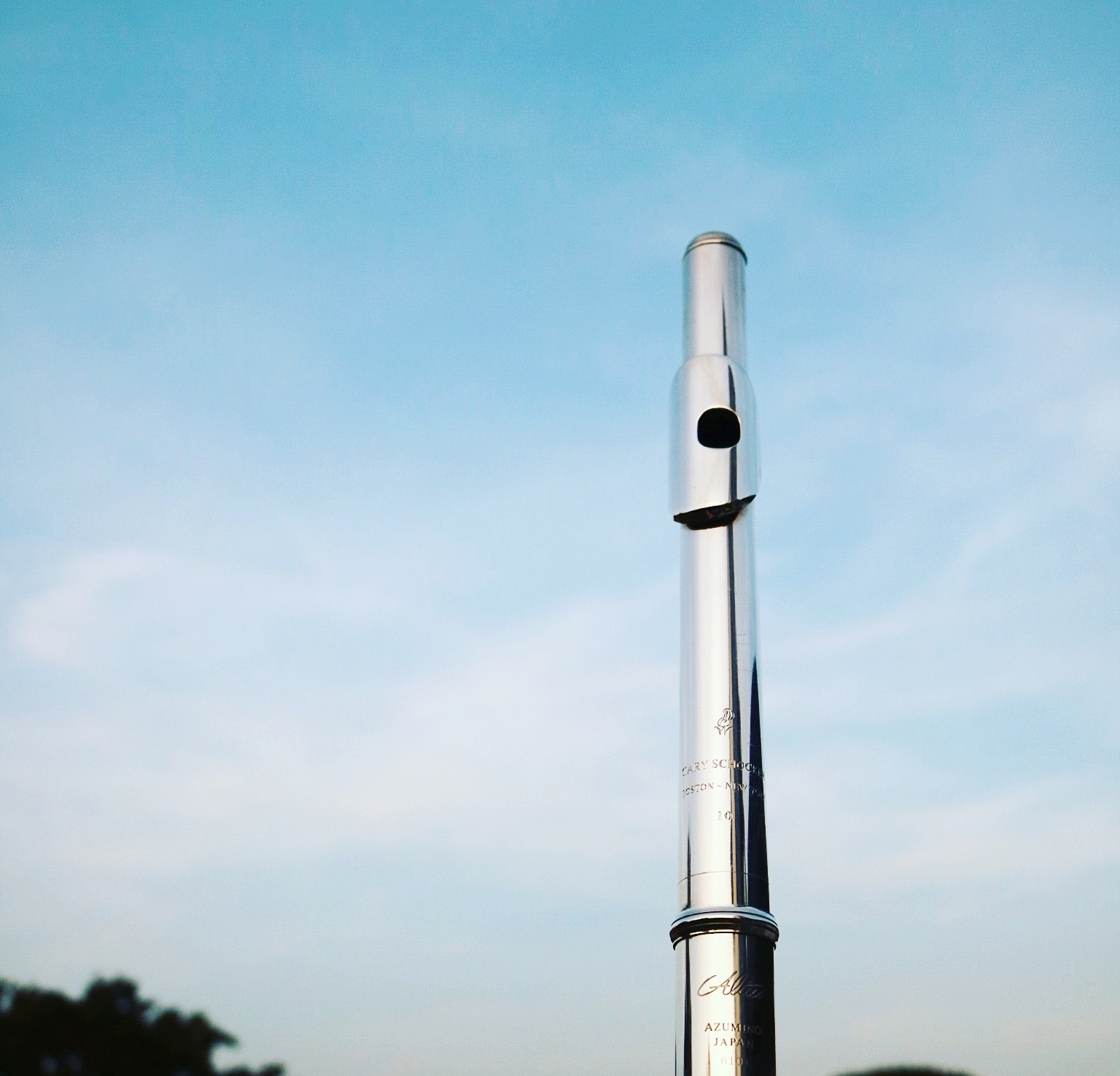How I Practice Using the Pomodoro Technique + The Most Effective Practice Journal For You [+ Video]
Last week, I had a lot on my plate with work and taking care of tasks around the house. On Friday, though, I finally had loads of free time, and I was beyond excited to dive into a day a of thoughtful practicing! On a whim, I decided to write out my intentions for the day and shared it in my Instagram story.
I used the Pomodoro Technique to help me focus, and before I knew it, I had practiced for three productive hours!
I decided to keep sharing my journal for the rest of the day, and it really got me thinking about practicing efficiently and how I use my own practice journal now, plus other ways I’ve approached them over the years.
Watch the full video here!
The Pomodoro Technique (0:47)
The Pomodoro Technique is essentially a method using a timer to stay focused and productive while eliminating burnout. They recommend 25 minutes followed by intentional breaks.
I set a timer for 25 minutes, and went forth practicing.
I didn’t write anything down until after. This let me totally focus on playing for the 25 minutes. When the timer went off, I was ready for a break – I took a few seconds to write, then did some stretching, laid in constructive rest, watched TV, etc.
I wasn’t tracking the number of minutes I spent on each task – I was just putting in what I worked on during my 25 minutes, plus anything that I noticed that I thought would be useful to me in picking up tomorrow.
All-in-all, this method helped me practice effectively and mindfully for a total of three hours without feeling fatigued or frustrated.
When Your Goals Stop You Before You Start (1:47)
Set yourself up for success by avoiding a huge, unattainable to-do list before you've even started.
Read all about how I changed my own issue what that here: How I Learned to Put Paralyzing Perfection Aside and Improve a Little Bit Each Day Instead
Intentions vs. Goals (3:14)
- Intentions are ongoing ideas to carry with you through your practice session.
- Goals are the individual, specific tasks to accomplish.
It's a good idea to include both!
Several Mini-Sessions vs. One Long Session (4:09)
For me, attempting to complete an entire practice session in one large chunk with a few smaller breaks in between feels overwhelming. I often become frustrated and give up when I set this expectation.
I'm now intentional about practicing in multiple phases throughout the day to have time away to rest and feel refreshed before coming back.
Taking Breaks (4:36)
Put your instrument down during breaks, even quick ones in between tasks. If you're prone to developing pain or discomfort, give your arms and hands a rest before you feel like you need a break.
When to Do What During Mini-Sessions (5:33)
You can get to your tone, technique, etudes, and repertoire over the course of your mini-sessions throughout the day, or you can go for all four in each mini-session!
Practice Journals (6:09)
Checklists + Free Practice Tracker (6:30)
- If making a to-do list before practicing motivates you, do that.
- If making a to-do list overwhelms you from practicing at all, don't do that.
- If having a single, sprawling list of what you've accomplished each day for a month holds you accountable, a Practice Tracker like this one is for you!
Most Useful Information to Include in Your Practice Journal (7:36)
1. Metronome Markings (8:17)
Track your progress with technique, repertoire, breath capacity... you'll want to know where you were yesterday to work a little bit faster or slower today.
2. The Most Difficult Keys or Two-Note Patterns in Your Exercises (8:57)
If you played a technique exercise in several keys and one key was a train wreck, write it down. You might forget which one it was tomorrow. If you don't do any of the other keys tomorrow to save time, just do the train wreck key.
Doing what needs work is the only way to improve!
3. The Measures in Repertoire That Will Need More Work Next Time (9:51)
The exact same idea as the above, but related to repertoire.
When you come back tomorrow, you'll want to know which bars were a train wreck yesterday. Be efficient by focusing just on those bars instead of starting over with the whole thing.
4. Breakthroughs! (10:10)
If something goes right or you solve an issue, document it for the next time something is frustrating. Writing it down helps you ingrain the idea to reproduce it!
5. Simple Key Words (10:46)
If writing too much detail in your practice journal feels like a chore, go for one key word only. This goes back to your intentions. How do you want to feel while playing that exercise? How do you want to sound?
Then, write one word of feedback for how it did feel or sound. You'll begin to notice words that are more effective than others, and this can help you for next time.
6. Ideas + Inspiration (11:26)
I recently heard an idea about resonance while watching a master class, and I decided to write it in my practice journal. When I went to practice, I dove into the idea and had a major breakthrough!
Have inspiration ready to go the next time you practice!
The Takeaway (12:29)
The rule of thumb for determining what's useful to put in your practice journal:
"Is this going to motivate me today?"
-or-








![Holy Grail Packet [+ Free Download]](https://images.squarespace-cdn.com/content/v1/5698446a89a60aae9b0dd518/1501385992587-BIK2YTPYCNKNT5Z9TCDV/IMG_2453.JPG)

![Summer Workout Practice Planner [Free Download]](https://images.squarespace-cdn.com/content/v1/5698446a89a60aae9b0dd518/1498403111711-BYLXHOD241M8S00NXTBD/IMG_0428.JPG)